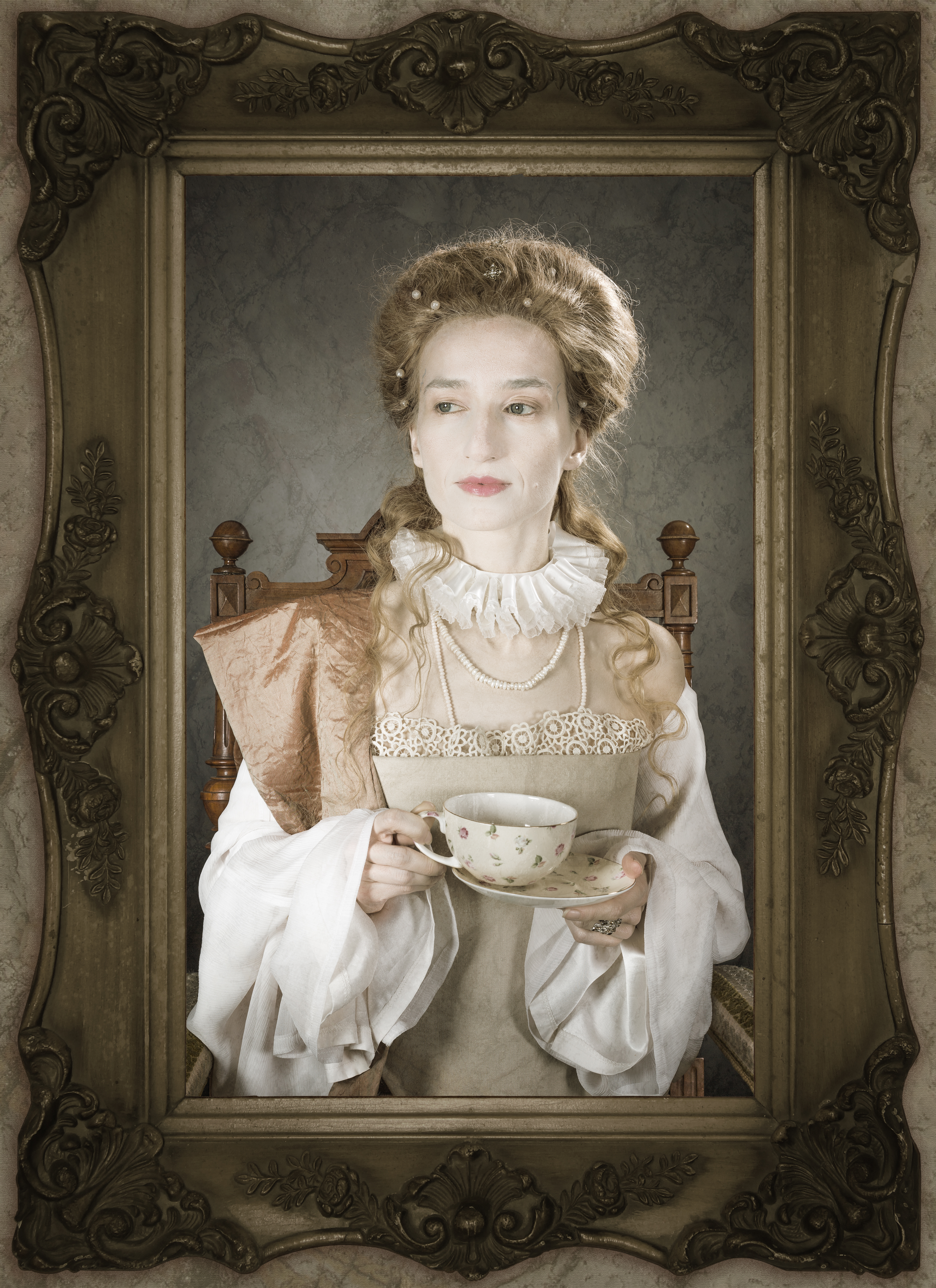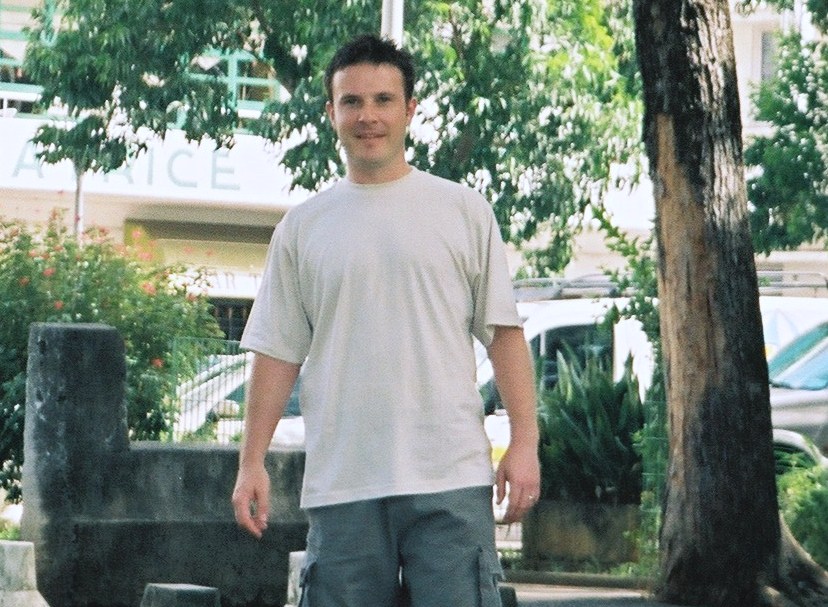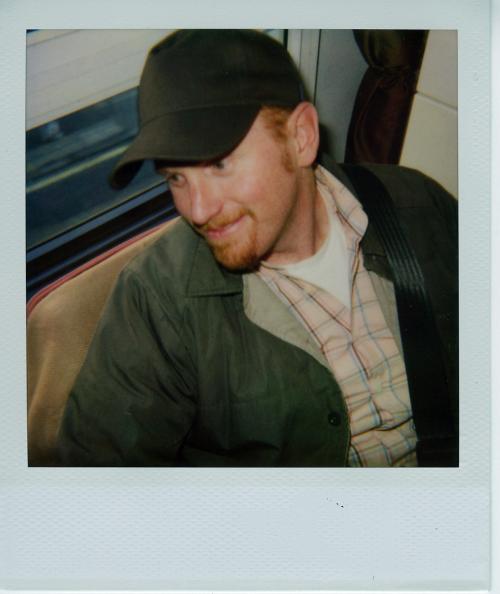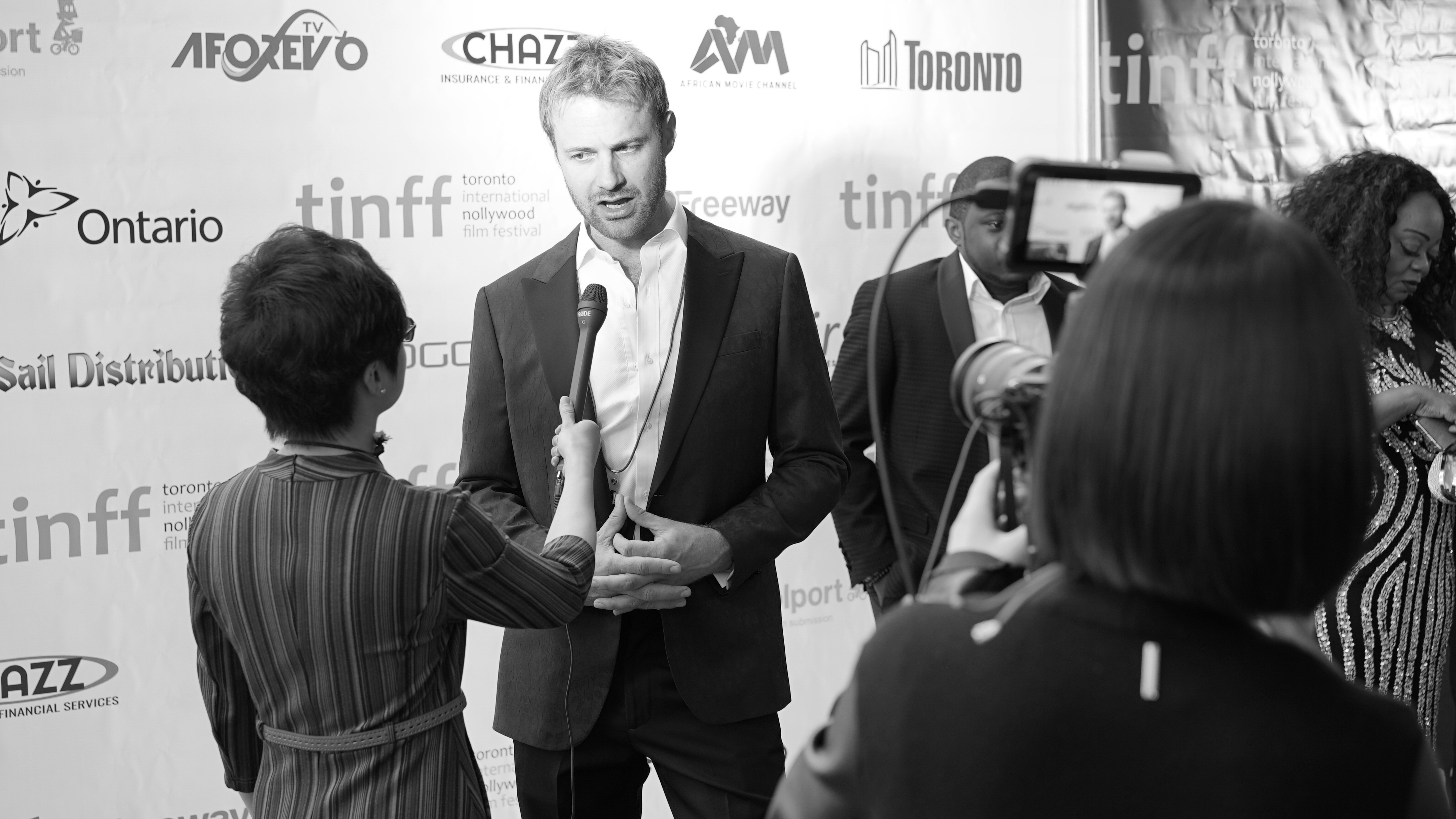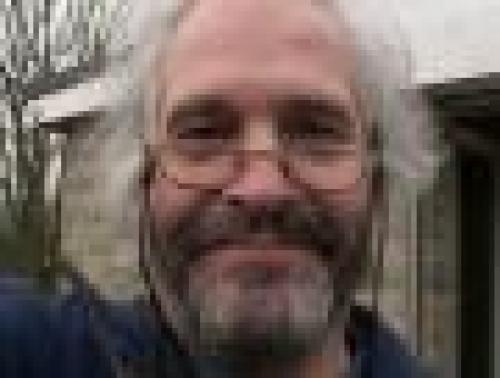ASK & DISCUSS
INDEXdocumentary cinematography
11 years, 2 months ago - Alève Mine
In documentaries you can't always say hold it, I'll go get the lighting equipment, or the cinematographer. It would would be something like telling someone who wants to attack you: hold it, give me 30 minutes for warm-up and stretching first.
So, how do documentary filmmakers handle their cinematography?
Any insights? Thanks.
Only members can post or respond to topics. LOGIN
Not a member of SP? JOIN or FIND OUT MORE
11 years, 2 months ago - Alève Mine
Unsuspected importance of the B-Roll!
Who in the world would like to steal film though? Who would they sell it to? The buyer couldn't use it for the copyright anyway.
11 years, 2 months ago - Alève Mine
Michael, I'm not sure this is a good time to go to Lagos. And yes, cinematography may not be the most important issue for something like that. I'm not sure protective measures can ever be enough either. http://www.dw.de/lagos-overwhelmed-nigeria-asks-for-ebola-outbreak-help/a-17843552 Cancel trip, please?
11 years, 2 months ago - Alève Mine
Andrew, thanks. Nice film of yours!
I wasn't able to watch the trailer on apple because I'm using two half-computers assembled together that can't take any software installation so I don't have the plugin for that. But was able to find a trailer on youtube. Heartbreaking stuff.
Interesting gear case study there, thanks!
11 years, 2 months ago - Peter Proniewicz-Brooks
Michael, while Ebola is a worry the UK FCO travel advise is much more worried about Boko Haram. Ebola's transmission vector means that its relatively easy for an outsider to prevent infection advice is as follows (risk is assessed as very low)
Avoid contact with symptomatic patients and their bodily fluids
Avoid contact with corpses and/or bodily fluids from deceased patients
Avoid close contact with live or dead wild animals (including monkeys, forest antelopes, rodents and bats)
Avoid preparation and consumption of “bush meat”
Wash and peel fruits and vegetables before consumption
Practise safe sex
Follow strict hand washing routines.
Given the other diseases present, that haven't received the press, all this should should be done anyway.
Checking up on such info regularly before yo go is wise, but a camera crew may well have more pressing dangers .
11 years, 2 months ago - Gareth Bowler
I think this is a stunning documentary, the cinematography's amazing! https://vimeo.com/69394786
I think it's all about constructing the environment for spontanious things to happen and then setting up B-roll like the slow-motion shots that can be tried time and time again as the subject paints. I think its just giving into the fact you'll capture something more real if you construct the environment as opposed to follow the subject around like reality TV.
Filming live bands is an incredible way to hone your skills of just getting to grips with how human beings behave and what they're about to do so you can get your camera in place.
I think good cinematography in documentary is about risk taking and taking enough risks that a few of them pay off
my latest (4min) short docu shot on the 5dmk3 https://vimeo.com/100327840
11 years, 2 months ago - Marlom Tander
I did a lot of community media - much of it live bands who had agreed to be filmed but were making no concessions. My role - set up somewhere unobtrusive (to the band or audience) and shoot.
I'd highly recommend it to anyone - it's all about anticipating the action and doing slow controlled moves and zooms in a single take in an unscripted unrehearsed zero control environment where you are the least important person in the room.
Or you set it wide and shoot really boring stuff :-)
My best shoot - a full length Narnia stage show. One take. Talk about concentration :-)
Actually I'd recommend community media to anyone who wants to shoot real people. Because learning how to manage people is a key skill :-)
11 years, 2 months ago - Alève Mine
Or more of something real? Because in that environment people give away more of themselves?
Having been a lead singer for most of my life, I know what you mean about the behaviour on stage. Sometimes you do it consciously, sometimes not. I'm sure there are patterns, like everywhere.
Nice doc you have. It encapsulates a lot in that short time frame. I got a wow-5'' at 1:42. Sunset. I suppose it wasn't a sunrise?
11 years, 2 months ago - Tony Oldham
Sometimes just to film with a steady hand is enough with a good eye for finding the right frame, or at least the most interesting frame. Ultimately you have to provide enough coverage and angles for the editor/ director to have room to improve the scenes in the edit.
Much of the time it's actually the sound that's crucial. What's said and is often what propels the story. A documentary could be shot on an iphone really. Story is what counts. Beautiful cinematography is great, but look at the most compelling documentaries, and the photography is fairly basic.
The tool is a camera that performs in all types of light (often no light).
11 years, 2 months ago - Andrew Hinton
Hi Aleve. I watched These Birds Walk a couple of days ago which was beautifully shot:
http://trailers.apple.com/trailers/independent/thesebirdswalk/
It was very clear the filmmakers had built a relationship with their contributors which allowed them to put the camera pretty much anywhere in the room and capture some unexpected and pretty stunning images whilst allowing scenes to unfold naturally.
On another note this is a nice 'how to' which shows how one set of filmmakers worked in Africa with a really lightweight and portable setup:
http://stillmotionblog.com/less-gear-case-study-namibia/
Andrew
http://www.vimeo.com/pilgrimfilms
11 years, 2 months ago - Marlom Tander
No one cared about technical stuff, which good, because I was an accidental filmmaker - only doing it because I couldn't get anyone who knew what they were doing to volunteer!
Provided the sound was good and the framing decent, what mattered was not getting in anyones way, not making any demands and having it edited within a day or two. Community media is news type turnaround.
It's a very stripped down process. I liked it, but I come from a landscape and sports stills background where you take what you can get. It's all in the prep.
It was months before I started to meet "proper" film people , all of whom were keen to tell me that "no one shoots like that". But they all want to produce glossy results, and that's not what community stuff is about. And I noticed that once they realised what the work flow was, none of them volunteered....
But in the context of docus, esp if they involve real people, I'd def suggest new film makers get involved with local community media in order to learn how to cope with a lack of control. It's great for people skills and working fast. It'll pay off when you shoot your dream projects.
Yello - I remember them very well. Which shows my age...
11 years, 2 months ago - Alève Mine
Marlom, thanks. Filming a whole show in one take takes quite some endurance!
With a (proper) stage show, there is a type of lighting already that you can't change for the sake of filming. How does that light compare to film set lighting?
And what do stage visuals (video projection as part of the show) entail? I suppose frame rate becomes a question, and how to have the stage visuals well rendered in the filmed version?
This thread is taking an unexpected turn, having my music show resurface in my head now.
I was going to have a show produced and the production got so delayed that I ended up writing a book (that was prompted by a kickboxing accident - another story), and a shotsheet for what was supposed to be a music video, then a feature script adapted from the book, then another feature script based on the mentioned shotsheet. Meaning: soundtracks will not be as much of an issue as they normally should be with film projects.
The show that never took place was supposed to get produced by the frontman of a band called Yello. Do you know the band? If not, do you know Ferris Buehler's Day Off? They did the soundtrack to that. I gave up on the show before heading for London. So now I can use my music and stage visuals again, but while I was in London I understood what's really needed for that, and that's a project as big as a feature film. There are other simpler formats, of course, and I'll be happy to do those, too, given the right team. Meanwhile a couple of radio stations in London and another in Geneva have been playing a number of my tracks, but currently I don't have the equipment for music - nor film - and I'm focusing on finding a way to get the films done (mainly by blogging, if that makes any sense), because they took a life of their own pretty rapidly. They contain and transcend the music, such that music is not enough anymore. I trust the one can help the other take off. And vice versa. Either way I need to break one of these doors, you know.
11 years, 2 months ago - Michael Lebor
There are so many different types of documentary that it's impossible to make generalisations that fit all.
Nick Broomfield fairly recently made a documentary where the primary camera was built into someone's glasses because it was undercover. It didn't have to look good because it was all about the content. I think many here know the film "Catfish", which was a great film but cinematography was absolutely taking a back seat to story.
If you are shooting interviews, then of course you can control the environment more, using lights or art directed backgrounds, but that depends on time and budget.
I will soon be flying out to Lagos to shoot a documentary and there will be two very different cinematography challenges. The most important challenge for my film idea is to shoot coverage and use the right kit, in some cases, lower grade, easy shoot cameras with standard lenses, possibly a two camera crew to make sure we get the "live" action as it happens.
The second challenge will be to shoot beautiful shots, on great lenses and better cameras that I will use as much as possible to improve the aesthetic of the film.
Gareth posted two perfect examples of one type of documentary, where cinematography was important. The classic "interview and B-roll".
Both look great but for my film, it's all about following the story so I won't be setting much up or thinking a lot about the 'magic hour' etc, if we pull of the story, I hope nobody will be talking about how it looks.
11 years, 2 months ago - Michael Lebor
Thanks for your concern Aleve.
Sadly as you say, the ebola outbreak has reached Lagos but I hope for their sake it is contained.
We haven't booked flights yet and will wait and see.
11 years, 2 months ago - John Lubran
We were filming in West Africa a while back (two man crew shooting HDV) and came across a another crew working with a Channel 4 commission. They were at the end of a carefully scheduled two week location when the main tapes (A Rolls) were stolen (If one does not take every cognoscent precaution filming there one should best avoid the challenge). What's relevant to this conversation though is that their cameraman was a real pro enthusiast and had shot a large amount of B Roll. They got back to London and redesigned their film around a London shot narrative, interviews, rostrum camera etc. The excellent B Roll was sufficient to save the project which was delivered accepted and broadcast without quibble.

